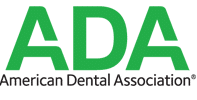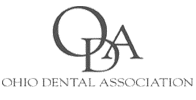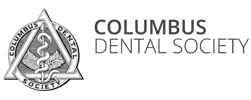Our article from last month indicated that occlusal discrepancies are a significant risk factor for the progression of periodontal disease. Other studies also showed that the treatment of occlusal discrepancies can slow the progression of periodontal disease. These studies concluded that the occlusion should be closely evaluated in all patients with periodontal disease and occlusal therapy should be a key component of periodontal treatment. Definitive form of occlusal treatment include:
1. Occlusal adjustment to reshape contours of teeth
2. Orthodontic treatment
3. Bite appliances and splints
4. Multiple full coverage restorations
The purpose of changing the occlusion in advanced periodontal cases is to relieve the damage from occlusal contact. Studies show that centric prematurities, nonworking contacts, and protrusive contacts on posterior teeth are greater risk factors for deepening of probing pocket depths than risk factors of smoking and poor oral hygiene. The occlusal adjustment will permanently remove the occlusal discrepancies and pressure off the teeth. Proper training is necessary for occlusal adjustment since there is potential for harm to the teeth.
Bite appliances and splints are frequently used during periodontal treatment to manage and control the occlusal forces until the periodontal treatment is complete and overall prognosis of the involved teeth is established.
Orthodontic treatment and multiple full coverage restorations are usually performed following active periodontal treatment when all infection and inflammation are eliminated and stability in the periodontium is established.
Studies show that centric prematurities, nonworking contacts, and protrusive contacts on posterior teeth are greater risk factors for deepening of pocket depths than risk factors of smoking and poor oral hygiene.

 Dr. Sakamoto
Dr. Sakamoto
 Dr. Mannava
Dr. Mannava
 Our Team
Our Team
 FIRST VISIT
FIRST VISIT
 PATIENT FORMS
PATIENT FORMS
 DENTAL INSURANCE
DENTAL INSURANCE
 POST-OP INSTRUCTIONS
POST-OP INSTRUCTIONS





